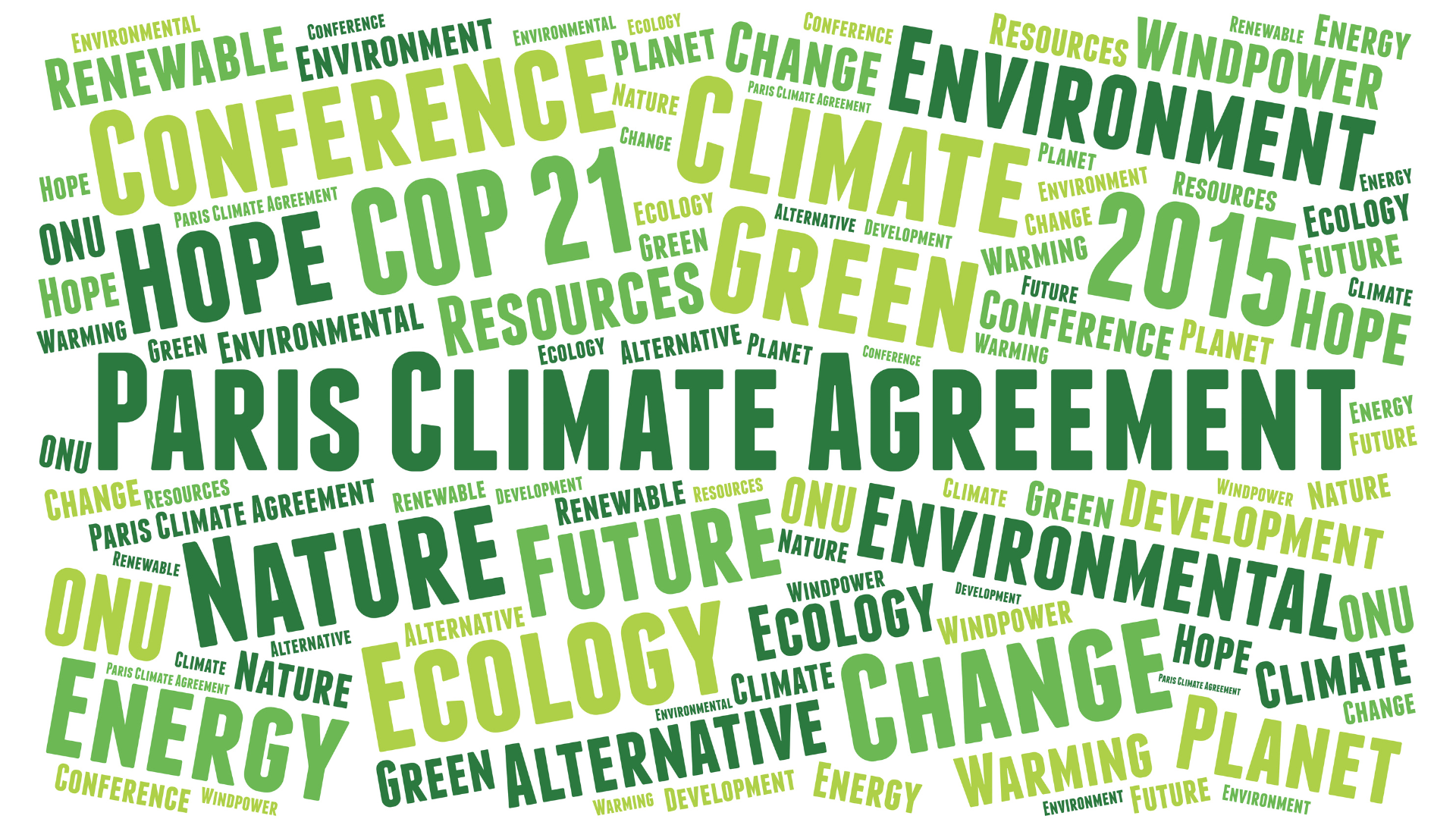Corporate America’s empty carbon neutral pledge
After years of blissful ignorance, the big beauty and consumer product makers are now claiming to be serious about addressing climate change. But in most cases it’s just virtue signaling and a marketing ploy. Meanwhile, the deforestation and mountains of plastic waste continue unencumbered. Real progress for the environment requires a complete overhaul of this industry.
Paris Agreement Ruse
Big business was eager to sign the largely ceremonial 2015 Paris agreement, but so far only 67 of the world’s top 500 corporations have made commitments to reduce their emissions in line with the Paris Agreement.
A closer look into the net zero roadmaps shows that big business’ version of net zero is really just a commitment to maintain the growth of their highly-polluting operations. Meanwhile, they pay others to suck carbon out of the atmosphere that supposedly offsets their emissions. While energy and agri business are the main culprits, consumer products companies are just as guilty.
Nestlé's Co2 neutrality roadmap is a perfect example. The Swiss company is one of the only dairy corporations to commit to net zero emissions by 2050. But their plans are based on the continued growth in sales of their highly polluting products, offset by payments to others that suck carbon back into the ground. This is done primarily by protecting forests that are in danger of being cut down or by planting trees on degraded lands. Big business calls these "nature-based solutions" but environmentalists call it more appropriately green-washing.
Paying others for your poison
A company called “South Pole Group” is working on Nestlé’s green washing plan. This company also works for French oil giant Total and one of their projects is the huge Kariba REDD project. They reforested 785,000 hectares (half the size of New Jersey) in Zimbabwe. The result was that the local population could no longer access the lands they depend on for food but it did provide Total with the offsets to make its liquid natural gas shipments to China "carbon neutral". Equally important, while Nestle is waxing poetically about carbon neutrality, it remains among the largest buyers of palm oil in the world, much of it from companies that are destroying the ecologically-critical rain forest¹.
Rainforests now cover less than 2% of the earth surface, but they contain 50% of all life on the planets land masses. According to rainforest rescue, just the deforestation cases that Nestle reports itself, works out to the destruction of around 166,000 hectares of rainforest – an area roughly the size of London – every year. In what world can Nestle justify the destruction of the world’s most biodiverse ecosystem with planting trees in cities or monoculture plantations in entire different continents³.
Equally important, Nestle leaves totally unaddressed the massive plastic waste pollution of which it is part and partial. The mountains of plastic end up in the oceans, landfills or is burned (Co2 emissions). Over 300ml tons of plastic waste is generated each year. Of those, an estimated 8 million tons ends up in the oceans, killing over 1 million marine animals yearly. Single use plastic, the ones used in beauty and consumer products, represents half of all this waste⁴.
Cut and Burn
Nestle is far from alone. The world’s largest consumer goods company by market value is P&G. They master the art of smoke and mirrors. P&G has been criticized for its role in the “tree-to-toilet” deforestation process for years. To polish its image, a recent ad touts P&Gs commitment to “Protect, Grow, and Restore” forests. Still, it keeps sourcing tissue pulp from the pristine boreal forests in Canada⁵, the largest forest in the world. P&G also claims to source all palm oil from certified sources. But it uses 10x as much palm kernel oil, of which only 7% comes from certified sources⁵. Between 2004 and 2017, over 43 million hectares of rain forest – bigger than all of California – were lost due to (mostly palm) agriculture. To clear the land, farmers burn the pre-historic rain forest to the ground. As such, the palm oil industry in Indonesia and Malaysia has emitted 500 million tons of CO2 yearly, the equivalent of the emissions from the entire aviation sector and more than the entire state of California⁶.
What Can We Do?
Real and lasting progress for the environment may require a complete overhaul of this industry. From local and sustainable sourcing to minimalist and biological packaging, the big consumer companies need to change from top to bottom. In the meantime we can eschew as much as possible the products from the big beauty and consumer products makers, especially those made from chemicals, plastic and palm derived products. We can buy locally and sustainable.
¹ https://grain.org/en/article/6634-corporate-greenwashing-net-zero-and-nature-based-solutions-are-a-deadly-fraud
https://www.technologyreview.com/2020/11/02/1011500/amazon-forestry-offsets-net-zero-carbon-climate-change/
³ https://e360.yale.edu/features/why-green-pledges-will-not-create-the-natural-forests-we-need
⁴https://unwastify.com/en/fmcg-the-driving-force-behind-the-plastic-pollution-crisis/
⁵ https://www.greenbiz.com/article/pg-continues-forest-degradation-practices-despite-shareholder-vote
https://www.nrdc.org/experts/shelley-vinyard/deflect-distract-ignore-pgs-greenwashing-continues
⁵ https://chainreactionresearch.com/report/procter-gamble-deforestation-exposure-may-affect-reputation/
⁶ https://theicct.org/blog/staff/palm-oil-elephant-greenhouse

